It doesn’t often snow in West Texas, but strange things happen, and if you live long enough you’ll see some of them. In the winter of 2017, we had an unusual visitor, a Snowy Owl in West Texas. In early December I was out with another photographer at our local wildlife preserve taking photos of birds when he told me his daughter had seen a large white owl in the parking lot of their church the day before. I told him it was most likely a barn owl as they are native to the area and can be white or very light in color. When he pulled out his phone and showed me a video she had taken I could hardly believe what I was seeing. To my disbelief, the video showed a large Snowy Owl.
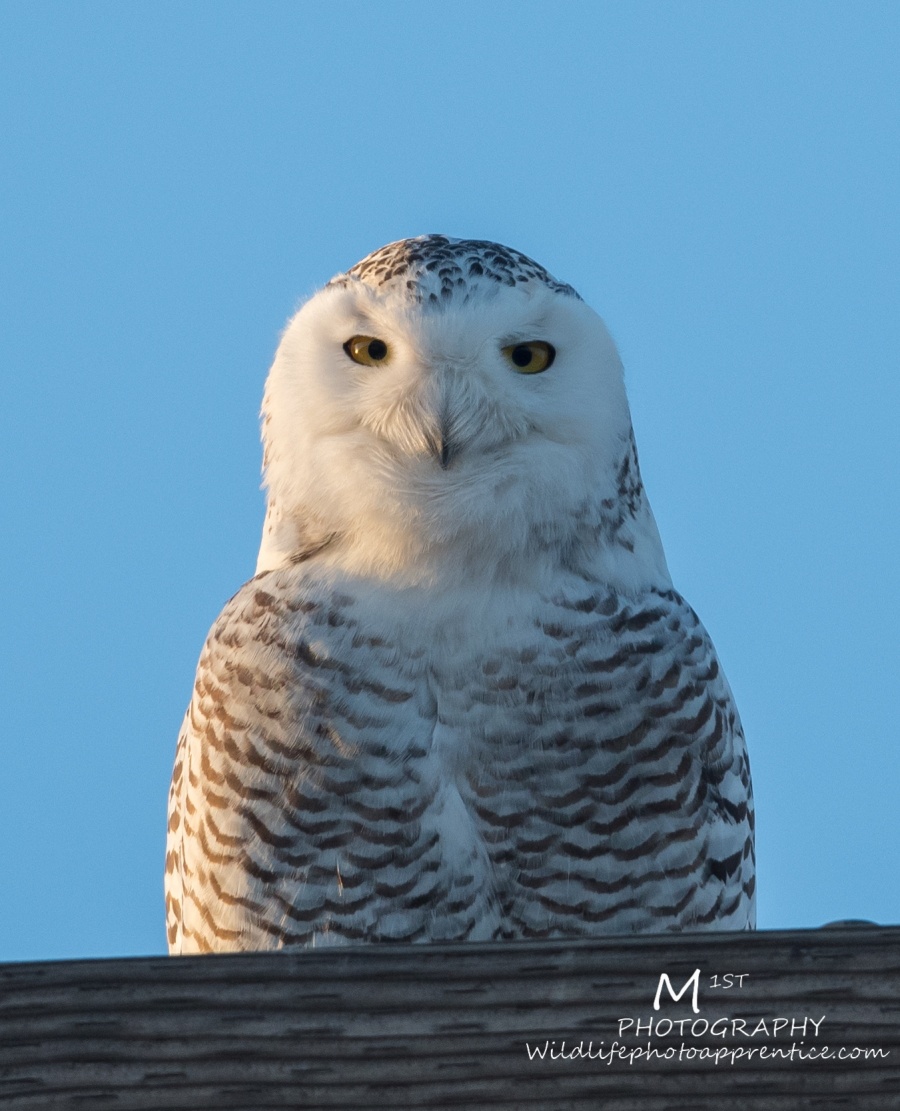
The Snowy Owl: A Marvel of the Arctic
Snowy owls (Bubo scandiacus) are among the most iconic and beloved birds of the far north. These large, powerful owls are perfectly adapted to life in the harsh Arctic tundra, where they breed during the brief summer months. With their striking white plumage, piercing yellow eyes, and impressive size—they can have a wingspan of up to 4.8 feet—snowy owls are a sight to behold.
Physical Characteristics
Snowy owls are sexually dimorphic, meaning males and females differ in appearance. Adult males are almost pure white, while females and younger birds have more dark barring on their feathers. This coloration provides excellent camouflage in their snowy Arctic habitat. As they age, males tend to become whiter, though some may retain small flecks of dusky plumage even in old age.
Hunting and Diet
These owls are skilled hunters, primarily active during the day, unlike many of their nocturnal cousins. Their diet consists mainly of small mammals, with lemmings being a particular favorite. However, they are opportunistic predators and will take a wide variety of prey, including voles, mice, rabbits, and even birds as large as geese. Snowy owls employ several hunting strategies. They often perch on elevated spots, using their keen eyesight to spot movement on the ground. When prey is detected, they swoop down silently, thanks to specialized feathers that muffle the sound of their flight. In areas where snow cover is deep, these owls use their exceptional hearing to locate prey moving beneath the snow, pouncing with deadly accuracy even when their quarry is unseen.
Most birds cannot chew their food, and owls are no exception. Owls usually swallow their prey whole. However, Snowy Owls differ from other species of birds because they do not have a crop. A crop is a bag-like organ some birds use to store food after it has been swallowed so that it can be digested at a later time. In owls, food passes directly from the mouth to the gizzard. The gizzard is an organ that uses digestive fluids and bits of sand and gravel to grind and dissolve all of the usable tissue from the prey.
The types of tissue that can be dissolved by an owl’s digestive system include muscle, fat, skin, and internal organs. These tissues are broken down into a variety of nutritional substances by the owl’s gizzard and intestines. Some of these tissues (e.g., fur and bones) cannot be digested. But what happens to the indigestible material? Indigestible material left in the gizzard such as teeth, skulls, claws, and feathers are too dangerous to pass through the rest of the owl’s digestive tract. To safely excrete this material, the owl’s gizzard compacts it into a tight pellet that the owl regurgitates. The regurgitated pellets are known as owl pellets.
I was able to observe and photograph this behavior in the Snowy Owl that visited in West Texas.
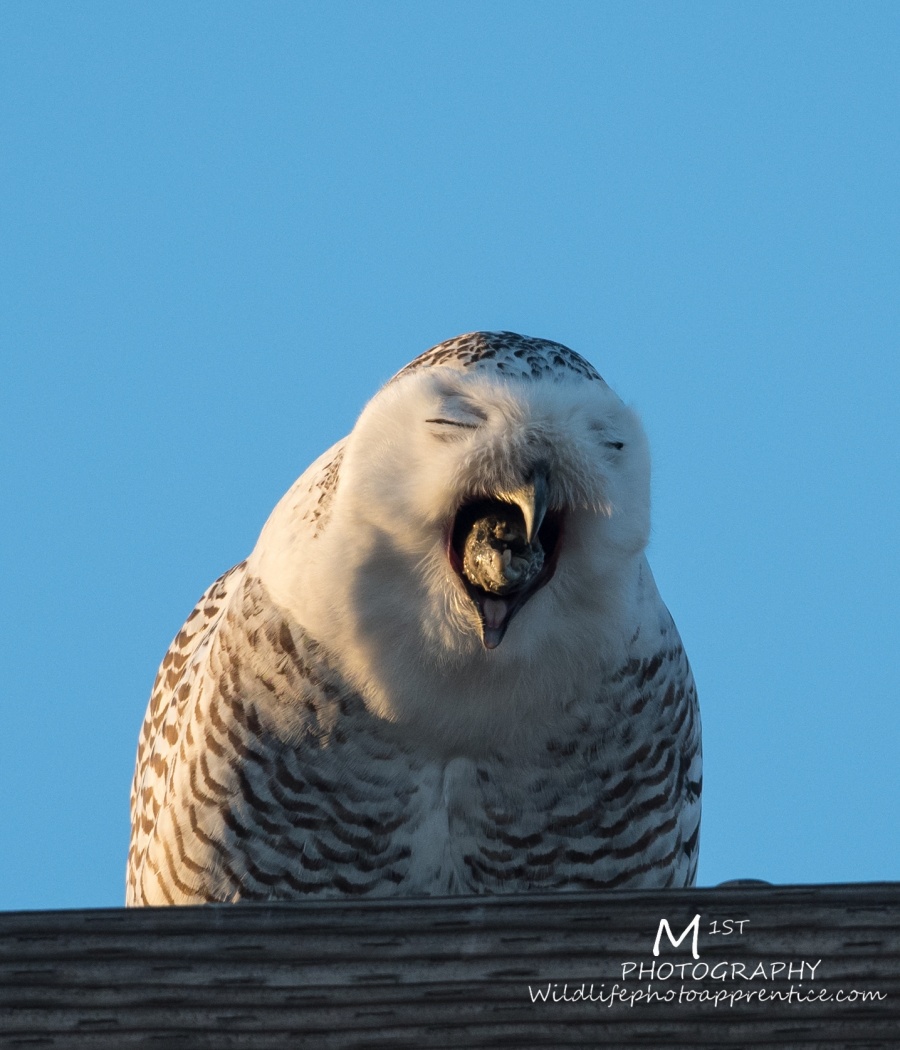
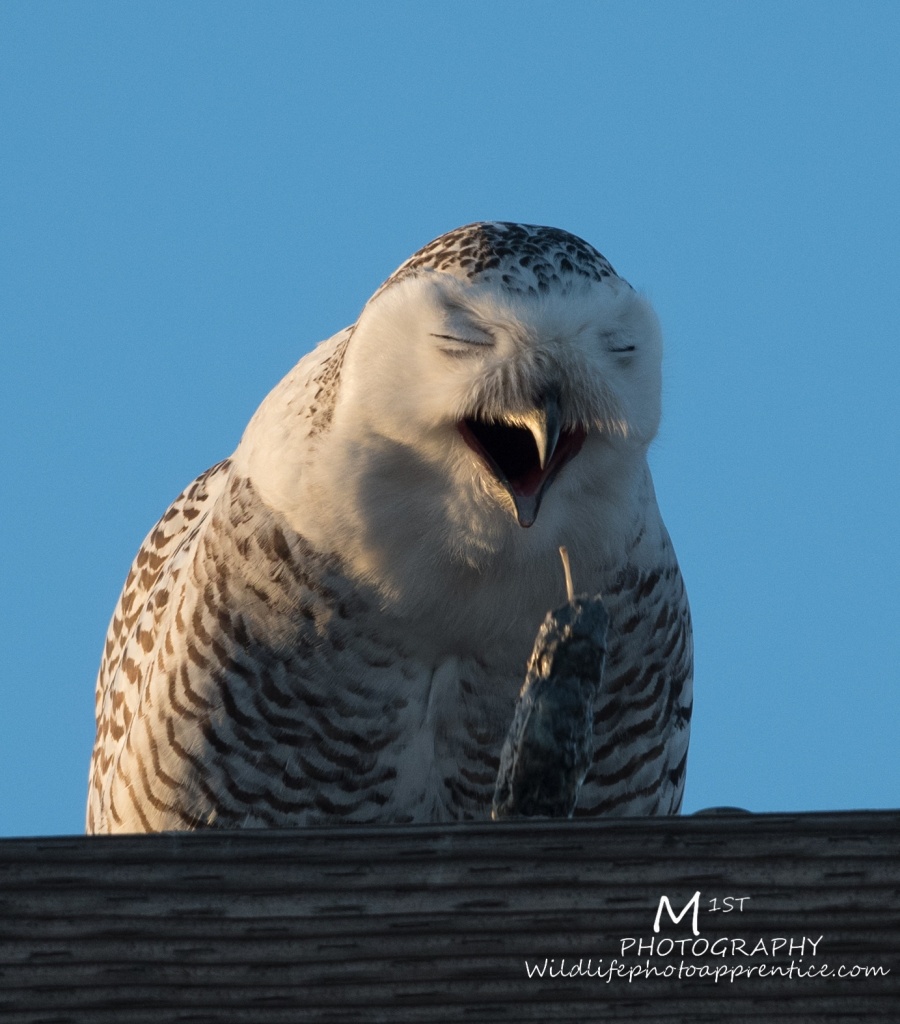
Breeding and Nesting
The breeding season for snowy owls typically occurs from May to June. Unlike many owl species that nest in trees or cavities, snowy owls are ground nesters. The female creates a simple scrape on the tundra, often on slightly elevated ground that provides a good vantage point. Clutch sizes can vary dramatically depending on food availability, ranging from 3 to 11 eggs. In years when prey is abundant, snowy owls can raise large broods, which is key to understanding their occasional southward movements, while in particularly lean times a usually monogamous pair of owls may not breed at all. Parents are territorial and will defend their nests against all comers—even wolves.
Only females incubate the eggs. The male provides the female and young with food. The young owls begin to leave the nest around 25-26 days after hatching. They are not able to fly well until at least 50 days of age. They continue to be fed by the parents for another 5 weeks after they leave the nest.
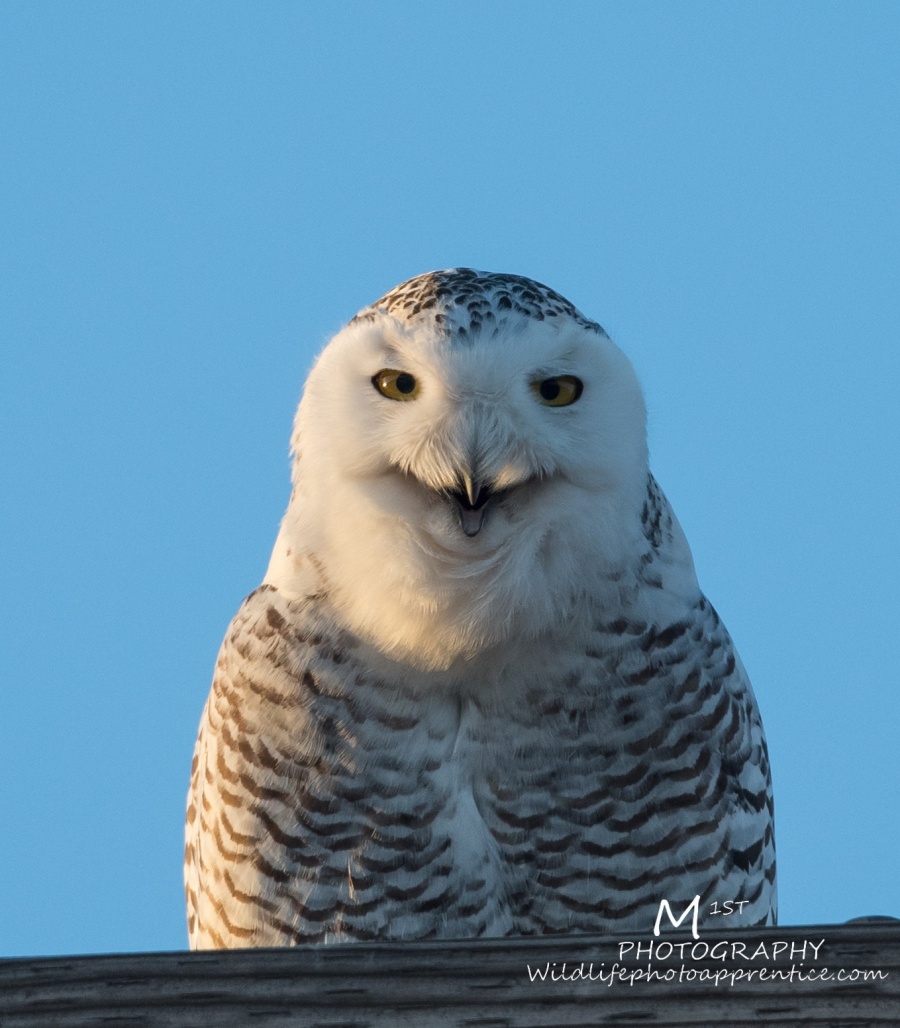
Young owls, especially males, get whiter as they get older. Females are darker than males, with dusky spotting, and never become totally white. Some elderly males do become completely white, though many retain small flecks of dusky plumage.
The Unusual Journey South
The appearance of a snowy owl in West Texas is an extremely rare event, far outside their normal range. To understand why this might occur, we need to explore the phenomenon known as an “irruption.”
What is an Irruption?
An irruption is a dramatic, irregular movement of birds well beyond their expected winter range. For snowy owls, minor irruptions occur every four to five years on average, but occasionally, a major irruption or “mega-irruption” takes place. During these events, snowy owls appear much farther south and in much greater numbers than usual. The winter of 2013-2014 saw one such mega-irruption, with snowy owls reported as far south as Florida and Bermuda.
Causes of Irruptions
Contrary to popular belief, these southward movements are not typically driven by food shortages in the Arctic. Instead, they are often the result of an exceptionally successful breeding season. When lemming populations in the Arctic boom, snowy owls respond by producing larger clutches of eggs. This leads to a surge in the owl population, with many young birds hatching and surviving to adulthood. Come autumn, these young owls disperse, with some traveling far to the south in search of territory and food. It’s important to note that not all irruptions follow this pattern. Occasionally, food shortages in the Arctic can prompt southward movements, particularly of adult birds. However, these events are less common and typically involve fewer individuals than the irruptions caused by population booms.
The West Texas Visitor
The snowy owl that appeared in West Texas in early December was likely part of such an irruption. Its presence so far south was extraordinary, drawing birders from across the state. This owl’s journey highlights the unpredictable nature of wildlife movements and the interconnectedness of ecosystems across vast distances. A population boom of lemmings in the high Arctic can lead to the appearance of a snowy owl in the desert landscapes of West Texas, thousands of miles from its birthplace.
Adapting to a New Environment
For a snowy owl accustomed to the Arctic tundra, West Texas presents a dramatically different environment. The arid climate, lack of familiar prey species, and higher temperatures all pose challenges. However, snowy owls are adaptable creatures. In their southern wintering grounds, they often frequent open areas that resemble their tundra home, such as prairies, fields, coastal dunes, and even airports. In West Texas, the owl was observed in a church parking lot, likely attracted by the open space and elevated perches that allowed it to survey the surroundings. While the local environment may seem inhospitable to human observers, for a snowy owl, any open area with available prey can serve as temporary habitat.
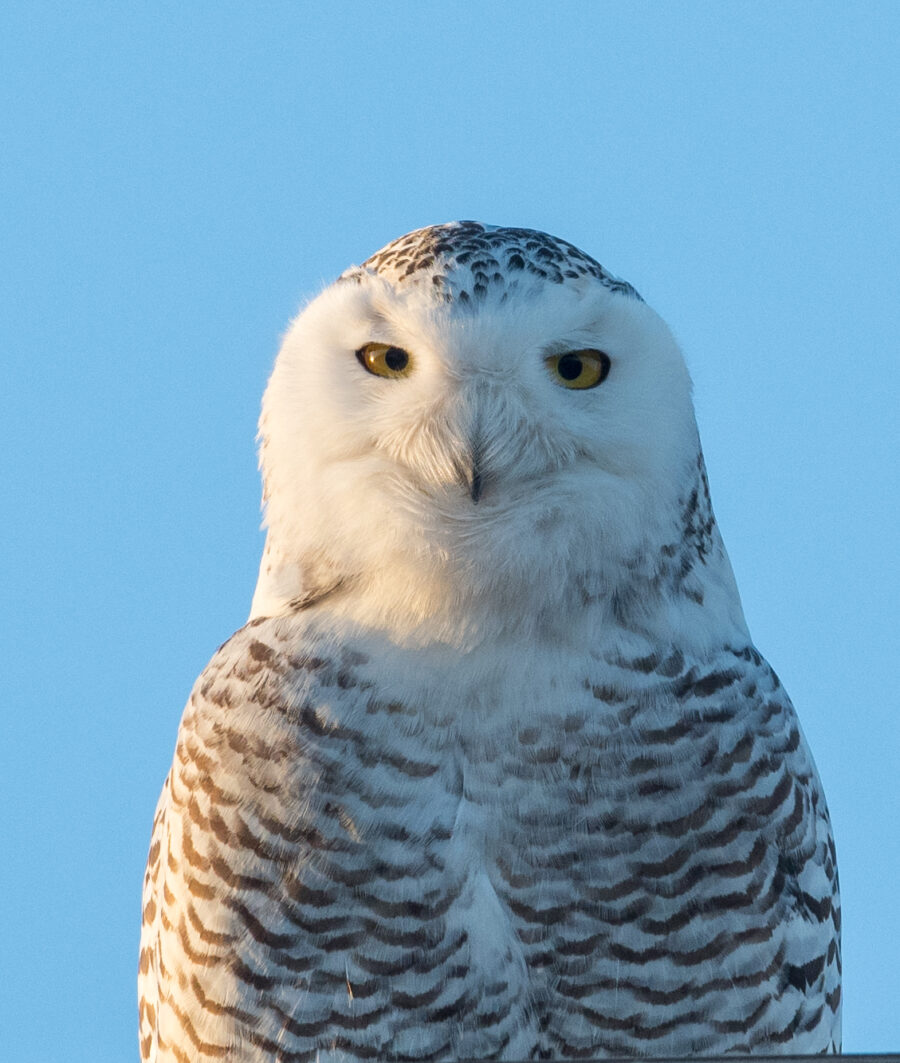
Conservation Implications
The appearance of snowy owls far south of their usual range is not just a curiosity for birdwatchers; it also has important conservation implications. These events provide researchers with opportunities to study the birds’ movements, health, and behavior outside their typical habitat. However, snowy owls face numerous threats when they venture into more populated areas. Collisions with vehicles, electrocution on power lines, and secondary poisoning from rodenticides are all significant risks. The increased media attention that often accompanies these rare sightings can also lead to disturbance from well-meaning observers.
The Future of Snowy Owls
Snowy owls are currently classified as vulnerable by the International Union for Conservation of Nature (IUCN). Climate change poses a significant threat to these Arctic specialists, as warming temperatures alter their breeding habitat and affect the populations of their prey species. Irruptions like the one that brought a snowy owl to West Texas may become more frequent or more extreme as Arctic ecosystems change. While these events can be exciting for bird enthusiasts, they may also be indicators of ecological stress in the owls’ home range.
Conclusion
The appearance of a snowy owl in West Texas serves as a powerful reminder of the dynamic nature of wildlife populations and the far-reaching impacts of ecological changes in distant habitats. It underscores the importance of conservation efforts not just in the areas where these birds typically live, but also in the southern regions they occasionally visit. As we marvel at the sight of these Arctic visitors in unexpected places, we must also consider our role in protecting the ecosystems they depend on, both in their breeding grounds and in the far-flung areas they sometimes explore. The journey of a snowy owl from the Arctic tundra to the Texas desert is more than just an ornithological curiosity—it’s a testament to the interconnectedness of our global environment and the ongoing need for comprehensive wildlife conservation strategies. The snowy owl that graced West Texas with its presence may have only stayed for a short time, but its impact lingers. It sparked wonder, inspired conservation discussions, and provided a unique opportunity for people to connect with a creature from one of the most remote parts of our planet. As we look to the future, may we strive to ensure that such extraordinary encounters remain possible, preserving the wild spaces and species that make our world so remarkable.
It was great fun and an amazing opportunity to photograph this beautiful bird. I hope more Snowy Owls choose to visit West Texas next winter.

We saw a snowy owl at lake Alan Henrey today. Wonder if it was the same one or another one.
It very well could be. My understanding is they return to the far north after the winter, but maybe she finds west texas to her liking. Thanks for commenting.
We saw one last night here in Odessa! I thought we were seeing things! My daughter, who lives in Gardendale (a small rural community outside of town), says they have seen a few out there. Where in west Texas did you see this one?
This one was on Hwy 191 in Odessa.
It could also be a Barn Owl, they are very common here and are white.